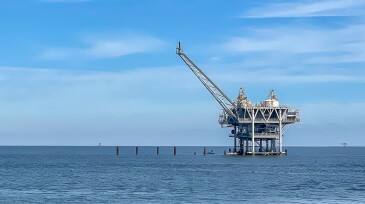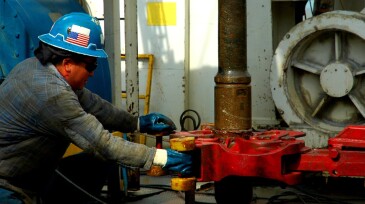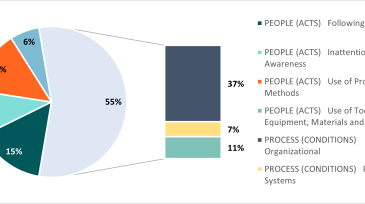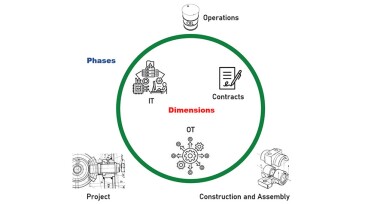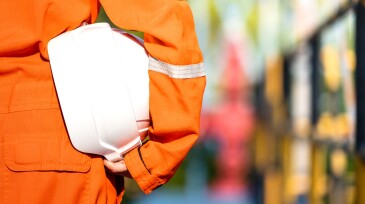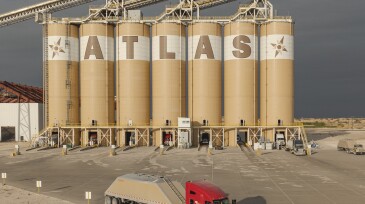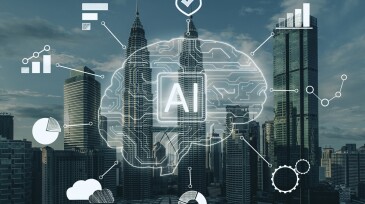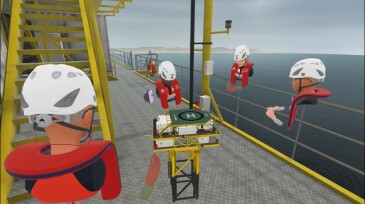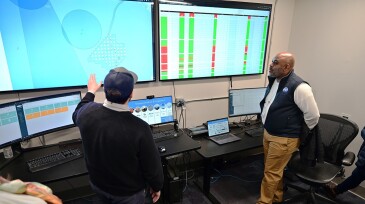Safety
This study ascertains the capital expenditure and operating expenditure associated with the reuse of existing facilities, specifically regarding a carbon capture and storage project being prepared in South Korea.
Sponsored
Advance your career with the new Pipeline Engineering Program at the Technical University of Leoben, a 5-month course combining on-campus and online learning, integrating industry expertise, engineering practice, and future-ready skills for professionals in oil, gas, and emerging energy systems.
A resilience-based approach to safety was the focus of a panel of experts at the 2025 SPE Annual Technical Conference and Exhibition in Houston.
-
The updated rules are designed to increase safety during operations in the US Outer Continental Shelf, including in high-pressure/high-temperature environments in the Gulf of Mexico.
-
This paper explores the use of human-factors analysis and classification systems in comprehending hand and finger injuries in the oil and gas industry.
-
SponsoredDive into TAQA’s digitalization and deep learning initiatives that are shaping the company's new approach to its Journey Management System. This innovative concept minimizes transportation-related risks in a period of rapid operations expansion.
-
This paper shows real case applications from two organizations where a Permanent Attention program has generated significant improvement in the participants’ situational awareness competency and nontechnical skills acquisition and retention.
-
This paper presents an integrated view of three key areas of knowledge that typically are addressed individually—cybersecurity, process safety, and human factors—from the perspective of cybersecurity.
-
The HSE executive is urging offshore companies to take a closer look at human factors after inspectors formed the opinion that Apache failed to fully consider human factors as part of its plans to prevent a fire and explosion on one of its North Sea platforms.
-
The company behind a 42-mile sand conveyor system is now leaning into autonomous vehicles for proppant logistics.
-
This paper outlines how one company uses digital technologies to manage HSE risks in project delivery, developing an artificial intelligence (AI) predictive model to predict HSE risks and incidents based on historical incident data.
-
VR provides an immersive and cost-effective approach to essential oilfield training.
-
The Bureau of Safety and Environmental Enforcement (BSEE) recently conducted an inspection at the South Fork Wind project, the bureau’s first inspection of an operational offshore wind turbine in US waters.




